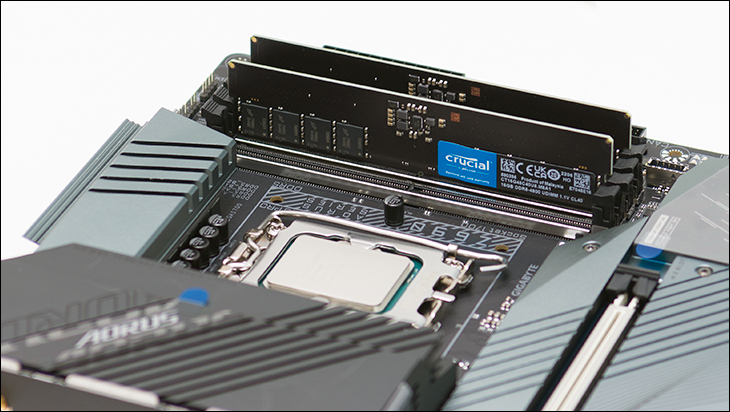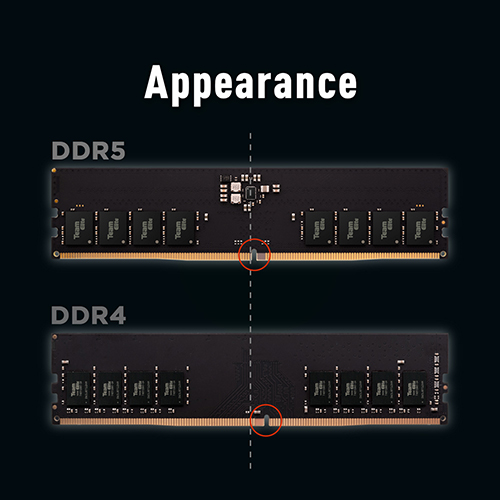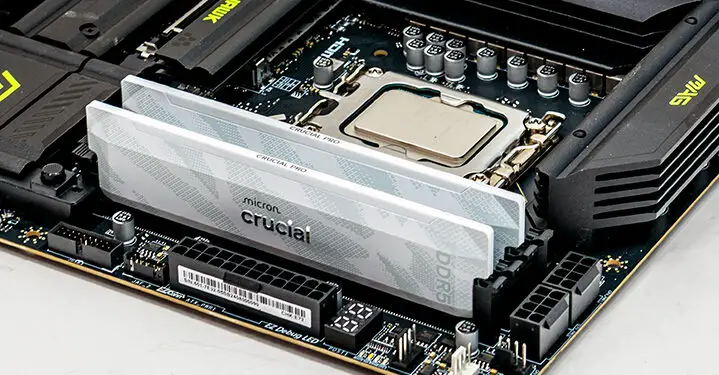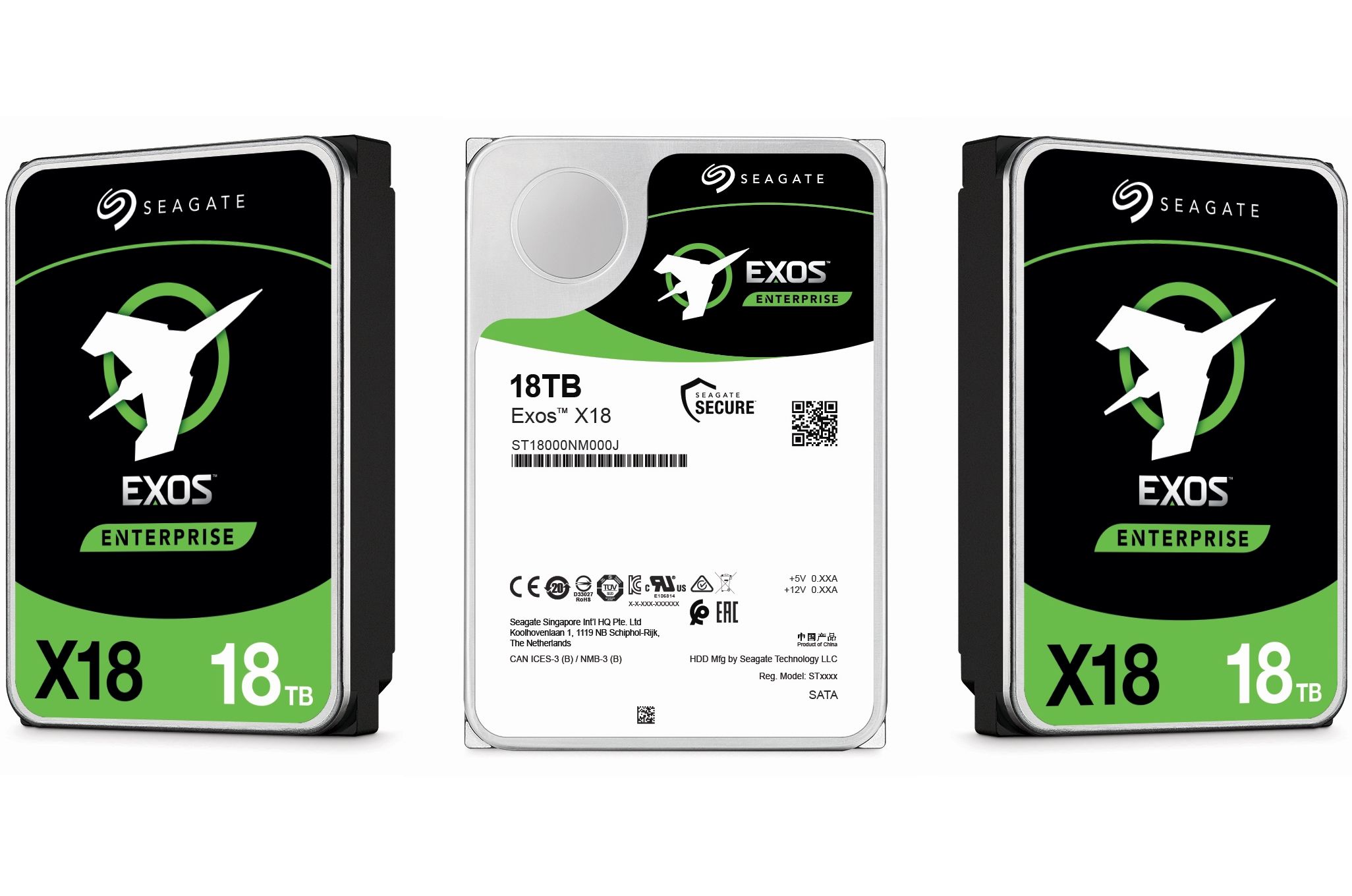
Another important change is lower voltage requirements of DDR5 when compared to DDR4. While yes a ‘mere’ 0.1 volt reduction does not sound like much it does have a noticeable real world impact, as it is a 8.7 percent reduction in electricity and thus 8.7 percent reduction in heat. Sure, this reduction will mostly be noticed by mobile computer owners rocking DDR5 systems and enterprise owners rocking an untold number of RAM in a server farm but it less waste heat is always better.

Going hand in hand with this decrease in heat output is the fact that on-board temperature sensors are now part of the JEDEC standard. Yes, many Crucial DDR4 kits came with temperature sensors onboard, but now you can rest assured that no matter what DDR5 kit you buy, it will have the ability to thermally limit itself in the event of system builder idiocy (and/or cooling fan failure).
One of the biggest changes from DDR4 to DDR5 (beyond the speed increase and future performance potential) is how the DIMMs are fed a clean, stable diet of power. DDR4 relied solely on your motherboard and its ability to properly regulate voltages. This led to variability, with some boards being better than others at this critical, dare we say crucial task. With DDR5, JEDEC removed this variability by making it the DIMM’s job to feed its own RAM ICs the proper voltage. That’s why, if you look closely at a stick of DDR5 RAM, you’ll see a small cluster of MOSFETs and a tiny controller—a Power Management IC (PMIC). As a result, the voltage provided to each DIMM is more precise and more stable than with the motherboard-regulated method.
There’s certainly a lot to like—or at least a lot of potential—when it comes to DDR5. Sadly, and much like when DDR4 arrived on the scene, it’s not all sunshine and roses. Going hand in hand with a moderate to major increase in performance is an increase in latency and a decrease in stability at higher speeds with those denser ICs. For most, the latency really is a non-issue. Yes, the absolute best DDR5 you can find (and afford) has a CAS latency of 30, while most fall in the CL38–45+ range. For people used to DDR4 CL numbers, those are big, whopping figures. Thankfully, a DDR5 “CL40” is not the same as CL40 on DDR4. For example, DDR5-4800 CL40 has the exact same 16.67 ns latency as DDR4-2400 at CL20, and DDR5-6400 CL40 matches DDR4-3200 CL20 at 12.5 ns. So while it will take time for CAS latency numbers to fall, the latency penalty is largely a non-issue for most users.
The same is somewhat true for 64GB and 96GB two-stick DDR5 RAM kits. Yes, they’re not going to be hitting the massive frequencies that 2×16GB kits can anytime soon, but overall performance is noticeably better than 64GB or 96GB kits from the DDR4 days. It’s better because it only takes two DIMMs to hit that capacity versus four DIMMs back in the DDR4 era. So, much like with latency numbers, things are getting better every year, and with time, this ongoing issue will continue to become smaller and smaller. Hopefully.










